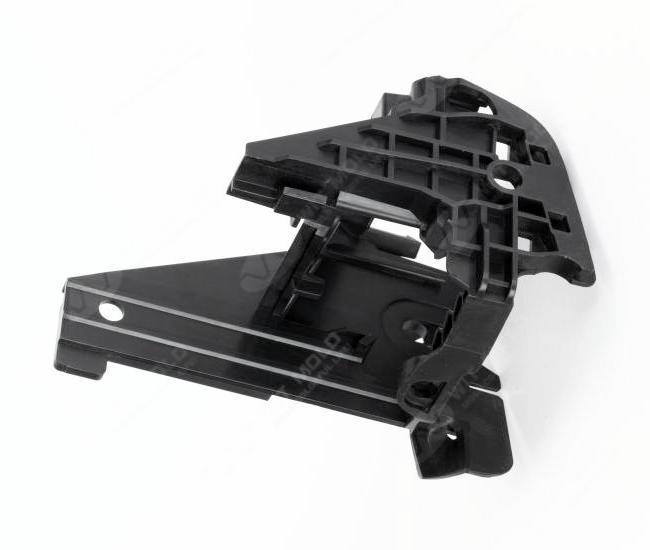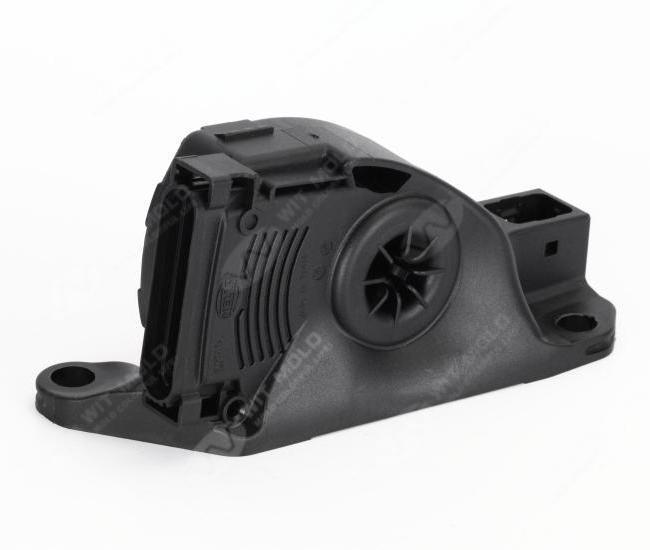Conventional Plastic Molds for Prototyping: Accelerating Product Development
In the fast-paced world of product development, rapid prototyping is a crucial step in bringing innovative ideas to life. Conventional plastic molds play a pivotal role in this process, allowing engineers and designers to quickly iterate and refine their designs.
The Importance of Prototyping
Prototyping is a critical phase in product development for several reasons:
Visualizing Concepts: Prototypes provide a tangible representation of a product concept, making it easier to visualize and evaluate design ideas.
Testing Functionality: Prototypes allow for functional testing, helping identify flaws or improvements needed in a product's performance.
Iterative Development: Prototyping supports an iterative design process, enabling designers to make adjustments based on real-world testing and user feedback.
Reducing Costs: Early identification of design issues through prototyping can prevent costly modifications later in the development process.
Conventional Plastic Molds in Prototyping
Conventional plastic molds are versatile tools that enable the rapid production of plastic parts for prototyping purposes. Here's how they accelerate product development:
Quick Turnaround: Conventional plastic molds can be created relatively quickly compared to other mold-making methods. This rapid turnaround time allows for faster prototyping iterations.
Low-Cost Tooling: Conventional molds are cost-effective for small to medium production runs, making them an economical choice for prototyping.
Material Variety: They can accommodate a wide range of plastic materials, allowing designers to test different material properties and characteristics.
High Precision: Conventional plastic molds produce parts with excellent dimensional accuracy and surface finish, which is essential for functional testing and evaluation.
Iterative Testing: With the ability to produce multiple prototypes, designers can systematically refine their designs, improving product quality and performance.
Prototyping Process with Conventional Plastic Molds
The process of using conventional plastic molds for prototyping typically involves the following steps:
Design: Create a 3D CAD model of the product or part to be prototyped.
Mold Creation: Develop the conventional plastic mold based on the CAD design. This involves machining or milling the mold cavity.
Injection Molding: Inject molten plastic into the mold cavity to produce the prototype.
Evaluation: Test and evaluate the prototype for fit, form, and function. Make necessary design adjustments.
Iterate: If needed, modify the mold based on feedback and create additional prototypes until the design meets the desired criteria.
Conventional plastic molds are invaluable tools for accelerating product development through prototyping. Their ability to provide quick, cost-effective, and high-precision prototypes allows designers and engineers to refine their concepts, identify design flaws, and ensure product functionality. In a competitive market where speed and innovation are essential, the use of conventional plastic molds for prototyping can significantly reduce time-to-market and increase the likelihood of product success.
490
0
0




Comments
All Comments (0)